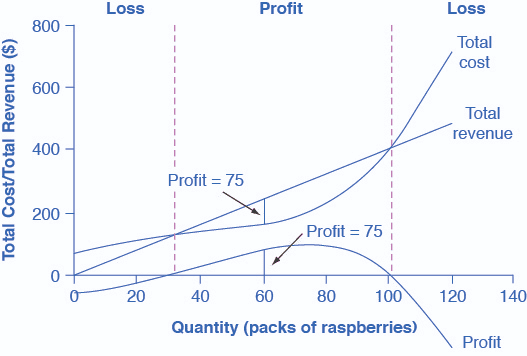
14 Apr Einstein V Trend Analysis
In 1955 Einstein claimed that “the distinction between the past, present and future is only a stubbornly persistent illusion”. What he was trying to illuminate was that life is, and always will be intertwined and predetermined. His analogy is held together by mathematical algorithms interacting with the infinite ecosystem of information within his “block universe” of space time continuum. In more simplistic terms, the initial conditions of the cosmos at any given point in time and space determine what comes later. This means that “surprises do not occur, they just seem to”.
Think of our weather system which is considered chaotic and extremely sensitive to small changes. Unlllder classical theoretical conditions, our only limitation of not being able to predict (with scientific precision) the weather conditions in a week’s time, is our inability to globally measure every gust of wind, every grain of dust, every gravitational pull from heavenly bodies, every temperature variation, every kPA of air pressure and ocean current variation into a forecasting model.
Commercial scientists of our modern era pull out extrapolating measurable factors that tend to generate high impact patterns creating a degree of acceptable probability. We do not claim to possess the resources to measure beyond this point. Hence, why our weather predicting models exclude the tail end information that is critical to perfecting the predictive calculation of our weather system.
Premise to Pandora’s Box
Without Einstein’s universal formula of continuous predictability (noting that modern physics debate Einstein’s theory like that of work published by physicists Ahmed Almeheiri and Sandu Popescu), COVID was therefore an unfortunate unexpected outcome and the impact of COVID is economically profound on a macro and global level.
Ignoring this event for practical purposes, the following question then needs to be asked. As business owners, How can we truncate the complex baseload of available information into a more meaningful decision-making matrix for a better return? The answer, believably or not, it right in front of us.
For decades during our professional banking careers, we have been analysing businesses for the purpose of credit. It is quite a rudimentary process of probability based on an algorithm derived from the banking sector dealing with a large population of borrowers in order to provide asymmetric predictive powers of profitability and loss on defaulting loans.

Like the weatherman, the banking sector’s allocation of credit is limited by finite resources, uncertainty, relationship banking, industrial organization of the banking sector, bank and borrower characteristics, monitoring and switching costs. But as a business owner, you would not rely on a bank’s credit score to provide a financial health check on your own business. It is not bespoke nor designed for that purpose.
Trend Analysis
A powerful response to that answer is right in front of you. Trend analysis has been the backbone of Wall Street’s technical trader’s decision-making process for over a century in oil and gas, commodities, bonds and listed companies. Trend analysis is considered on the premise that, like Einstein’s theory, life and everything we know including trading performance is continuous*. If it is continuous, then the historical trends will provide predictive probability of future performance given that your trading environments are also operating under continuous trading conditions.

To strip this back to your business, your very own historical profit and loss reports are a micro ecosystem that harnesses powerful information if presented in readable formats.
The easiest starting point is road mapping the core trends of your business. These are your revenue and expense drivers. Simply drop 5 to 10 years of this data into an excel sheet and chart each of your revenue and expense lines. Find correlations to determine which are true variable costs (linked to your revenue) and fixed costs (non-correlated to revenue). Road map the trends of each. Note which ones are rising, remaining static and falling. Then determine which of these you have control over and which you can’t. If a trend is adverse and exists in a non-controllable framework, then question its continual viability.

This process should flush out many questions about your business and provoke change. Various revenue / expense ratios will also tell many tales that are not normally visible.
Trend analysis will drive questions around your capital and operating expenses within the business, which enterprise generates the most attractive gross margin on a variable basis, what overheads are linked to which enterprises and return on investment etc.
[*Caveat to this statement is when material tail end (meaning unexpected and not measured) risk materialises to cause markets and financial performance to dislocate from their continuous journey.]
Conclusion
Self-isolation will bring about many benefits. Remember time is a finite resource and a valued currency. Claim this time during self-isolation to analyse your business (on a pre-COVID basis). The cosmos is dictated by universal mathematics and so is your business. Explore your business and apply the learnings and principle of our scholars and leaders. Let’s all come out the other side more informed with affirmations on becoming the Einstein in your decision-making prowess.



Sorry, the comment form is closed at this time.